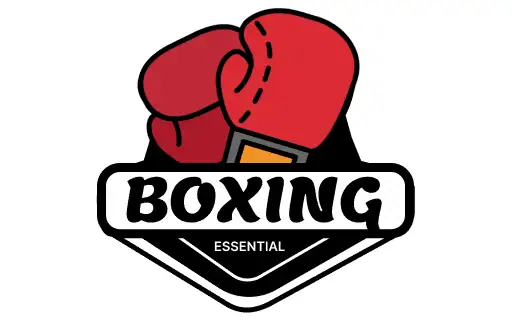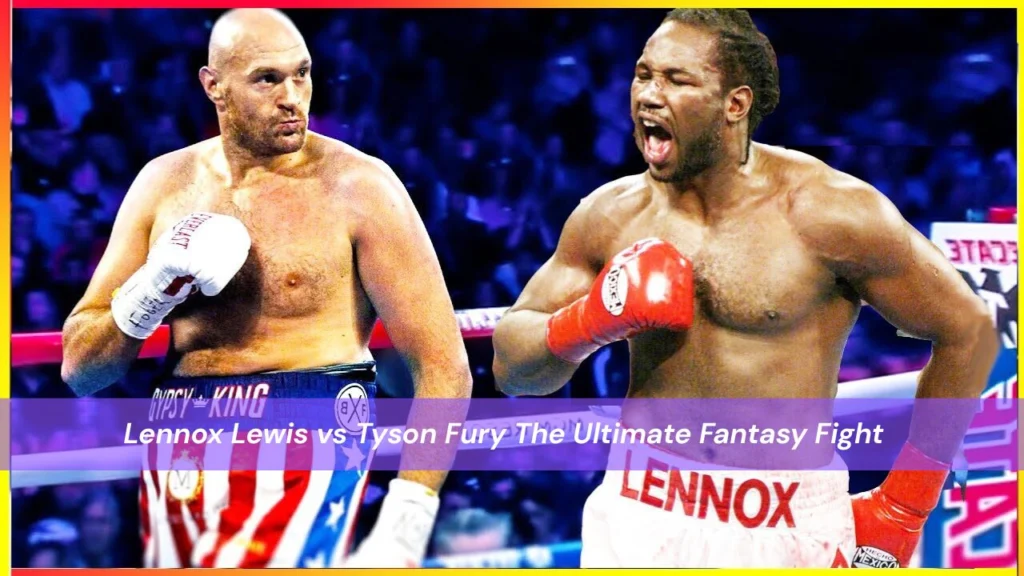Lennox Lewis Tyson Fury fight sparks instant debate among boxing fans: a clash of generations, physiques and philosophies. Put bluntly, it’s a fantasy heavyweight bout that forces us to ask: which is more decisive raw size and movement, or classical power and timing? In these pages we’ll break down records, strengths and tactical matchups, give a round-by-round blueprint of how a real fight might unfold, and answer common questions fans ask about this fantasy pairing. From measurable advantages (height, reach, knockout ratios) to intangible factors (ring IQ, adaptability), you’ll get a thorough, evidence-backed view.
Key takeaways
- Lennox Lewis’s technique, reach and ring IQ would make him a uniquely awkward challenge for Tyson Fury.
- Tyson Fury’s height, movement and unorthodox style give him advantages in range and variety, but age and recent form are factors.
- Styles make fights: Lewis’s power and tactical discipline vs Fury’s switch-hitting, stamina and psychological warfare create a compelling fantasy matchup.
- Any realistic comparison should consider eras, rule changes and each man at his peak not current declines or post-retirement talk.
Why this fantasy fight matters
Boxing isn’t just about who hits harder; it’s a living history of style shifts. A hypothetical Lennox Lewis Tyson Fury fight is a tidy lens to examine how heavyweight strategy moved from the hard-charging, power-first era to a more diverse mix of mobility, size and showmanship. Fans argue it because it highlights:
- generational contrasts (classic positional boxing versus athletic switch-hitting),
- how conditioning and sports science changed fighters’ careers,
- and how promotional narratives shape who we remember as “the best.”
At-a-glance records and physicals
To compare realistically, below are the essentials you need to know.
Lennox Lewis (peak profile)
- Height: ~6 ft 5 in; Reach: ~84 in.
- Professional record (career highlights): multiple-time world champion and the last undisputed heavyweight in the three-belt era; Olympic gold medalist, a boxer built on fundamentals and finishing power.
Tyson Fury (peak profile)
- Height: ~6 ft 9 in; Reach: ~85+ in.
- Professional record (career highlights): undefeated for long stretches, beat Wladimir Klitschko to claim unified titles, WBC lineal champion, famed for unorthodox movement and exceptional boxing IQ for a man his size.
How the styles match up
A fight is geometry and will. Here’s what each fighter brings and where the matchup leans:
Lennox Lewis The Technician with Heavy Hands
- Strengths: textbook jab, composed southpaw/right-hand timing paradoxes (Lewis boxed orthodox but used classical ringcraft), devastating straight right, elite clinch control when needed.
- Weaknesses: against extremely tall movers who neutralize pressure with lateral movement, Lewis sometimes had to work harder early to cut angles (but he usually solved it).
Tyson FuryThe Movement Giant
- Strengths: extraordinary size + mobility, switch-hitting unpredictability, psychological games and exceptional adaptability mid-fight. Fury can box off the back foot for long stretches or crash forward when opportunistic.
- Weaknesses: when deliberately attacked with consistent power in tight ranges, Fury has occasionally looked vulnerable to bodywork and pressure (as seen against elite punchers).
Tactical blueprint how a 12-round fight might play out
Below is a plausible round-by-round plan showing the major phases of the bout.
Rounds 1–3 Feelers and Range-finding
- Fury uses his jab and lateral movement to keep Lewis from setting his feet. He will likely try to make Lewis chase and fire counters from awkward angles. Lewis will probe with a heavy jab and test Fury’s reactions with the right hand.
Rounds 4–7 Testing and Adjustments
- Lewis attempts to shorten the fight, stepping to the body and cutting Fury off to limit movement. Fury’s success here depends on staying light on his feet and using feints to prevent Lewis from committing. If Lewis lands consistent straight rights, the momentum shifts his way.
Rounds 8–10 if the Fight Is Close
- Fury will try to reclaim space with flurries and combinations, using clinches only when necessary. Lewis, always dangerous, will look for a decisive shot or combination his cardio and ring IQ give him the confidence to wait for the right punch.
Rounds 11–12 Championship Rounds
- Conditioning determines the finisher. Fury’s style often allows him to conserve energy and accelerate late. Lewis’s experience in championship rounds and his ability to maintain tactical discipline could be decisive if the fight remains tight.
Key variables that tilt the result
- Peak vs. Peak: Which version of each man are we comparing? Lewis in 1999–2003 or a hypothetical modern Lewis with today’s conditioning? Fury’s peak arguably spans 2015–2021. This matters hugely.
- Ring rust and age: Cross-era comparisons must account for aging curves. Lewis at 30 fights differently than Lewis at 38. Fury’s form has fluctuated in recent years.
- Style adjustments: Trainers and corner strategy could swing a fight. Lewis’s mastery of the jab and leverage vs Fury’s movement and unpredictability means smart game plans matter more than hype.
What the experts have said
Veterans and pundits routinely weigh in on cross-era matchups. For example, Lennox Lewis himself has publicly commented on contemporary heavyweight matchups and options, underlining the British heavyweight narrative connecting the two eras.
Counterfactuals: If rules, gloves, or rounds were different
Changing the conditions changes probabilities:
- Smaller gloves or shorter rounds favor power-based fighters (Lewis).
- Longer rounds and modern scoring that rewards ring generalship could lean to Fury.
Those thought experiments show why fantasy debates are often inconclusive: different rule-sets highlight different skill sets.
What modern analytics say
Boxing analytics (punch stats, compubox-like measures) highlight volume vs. accuracy. Fury typically wins on reach-adjusted volume; Lewis wins on efficiency and power. Hard data from fight logs, public databases and historical compubox summaries support both views. For background reading on fighter records and fight logs, consult BoxRec and encyclopedic entries.
FAQ
Would Lewis’s power have stopped Fury?
Possibly Lewis had the kind of straight punching power that can end fights if allowed to land clean. Fury’s size and chin have proven resilient, but Lewis’s timing and accuracy would be the deciding factor.
Who has the edge on ring IQ?
Lewis’s classical schooling and tactical discipline give him an edge in ring IQ; Fury’s adaptability and psychological play are forms of ring intelligence as well. This one’s a draw depending on the scenario.
Does Fury’s height make him unbeatable for Lewis?
Not unbeatable. Height is a major advantage, but superior footwork and angle creation tools Lewis possessed can neutralize height if applied correctly.
Are there historical precedents for cross-generation fights?
Yes many boxing fans compare modern-versus-legend fantasies (Ali vs. Holmes, Jones vs. today’s skip). These thought experiments are fun but inherently speculative.
Conclusion
Lewis at his tactical and power peak met Fury at his absolute peak, we’d see a war of adjustments. Lewis would aim to shorten range and land decisive power; Fury would exploit reach, movement and unpredictability. On paper the matchup is nearly even a few variables (age, conditioning, game plan execution) would determine the result.




